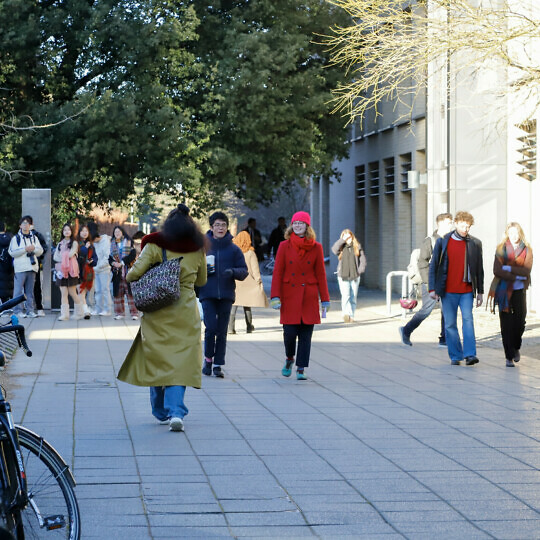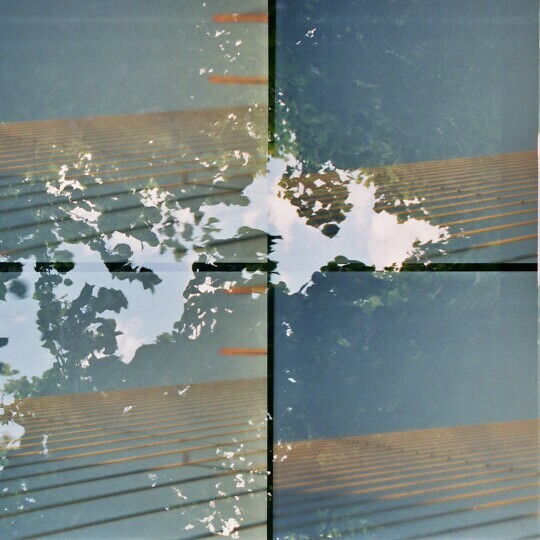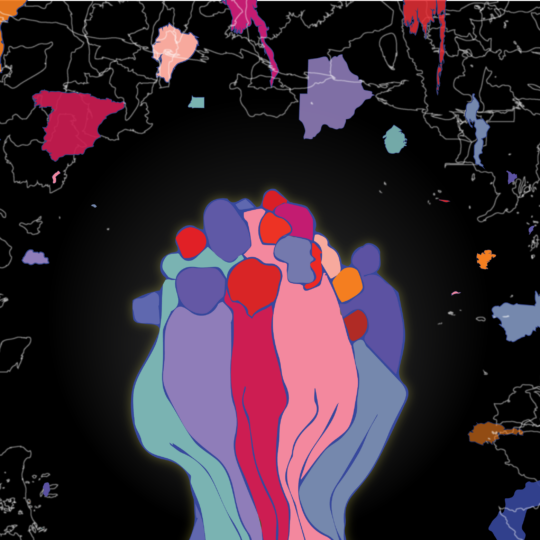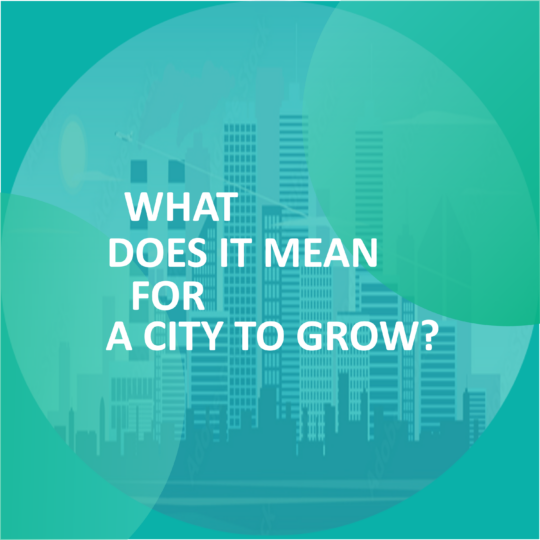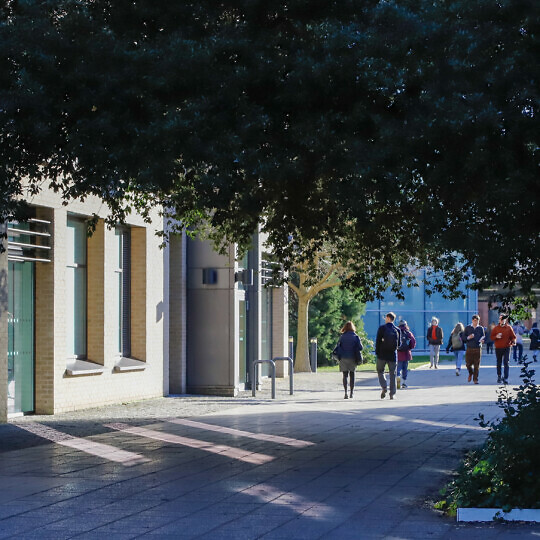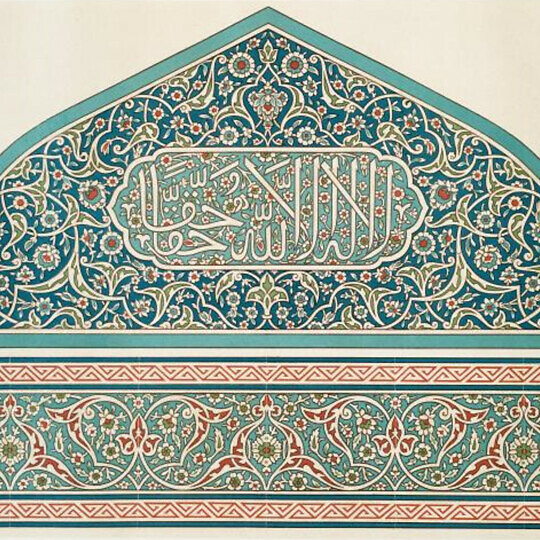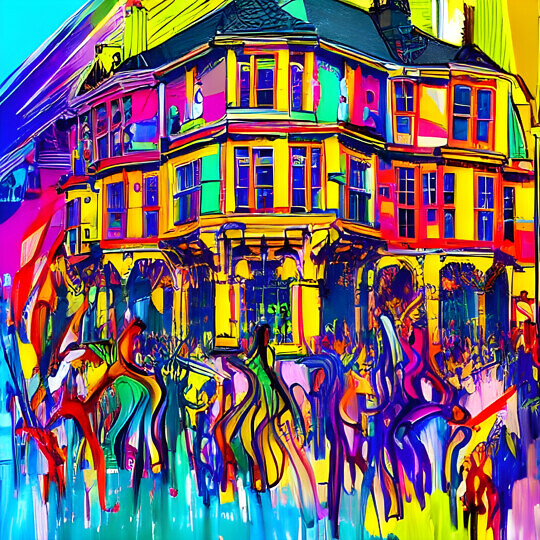| 22 Sep 2021 - 24 Sep 2021 | All day | ONLINE | |
- Description
- Programme
- Call for Papers
Description
Sign up to the CRASSH Newsletter for more information and updates on this conference.
Convenors:
Ciarán Rua O’Neill (Affiliated Lecturer & Teaching Associate, Department of History of Art, University of Cambridge)
Rebecca Tropp (PhD candidate, Department of History of Art, University of Cambridge)
Summary:
Rarely has the boundary between the built, or domestic, interior and the exterior world been so forcefully underlined as in recent times. For many of us, the Covid-19 pandemic, and the subsequent lockdowns across countries and continents, has fundamentally changed our relationship with the interiors we inhabit, such as our homes and workplaces, as well the world outside their walls. Lockdown restrictions have highlighted the role of our domestic interiors as places of refuge but also catalysed a shift in our perceptions of the home as it becomes, for example, a place of forced confinement, while the boundaries between the home and the workplace increasingly blur. Correspondingly, our notion of the exterior world has shifted; due to restrictions on our access to it, it has come to represent variously a space of liberation, socialisation and infection that lies just beyond our walls, doors and windows. In addition, the pandemic has exposed issues of societal marginalisation by disproportionately affecting those on the ‘outside’, such as individuals from certain socio-economic backgrounds and racial and ethnic minorities.
Reflecting these changing perceptions of the ‘inside’ and ‘outside’, this online conference seeks to bring together new research to consider how the boundaries, thresholds and relationships between the built interior and the exterior beyond are configured, negotiated and depicted across disciplines in the arts, humanities and social sciences. The dialogue between the interior and exterior has been central to architectural theory and practice since antiquity, and has also been a defining feature of artworks executed in varying media that use contrasting depictions of interior and exterior spaces as narrative and framing devices. Moreover, architectural structures loom large in literary works across the ages, which, for example, explore themes of liminality and thresholds by considering the correlations between material interiors and exteriors and notions of emotional and psychological interiority and exteriority. In more recent times, scholars working across disciplines, such as urban studies and social policy, have demonstrated how relations between interior and exterior spaces reflect social and economic inequalities, as well as broader power dynamics within societies. The pandemic has further highlighted these issues in our immediate lived experience, such as the differences between those who have direct access to external space for leisure and socialisation and those who do not.
Through a range of interdisciplinary papers delivered by international scholars, this conference will provide a platform for dynamic and engaging discourse that will consider relations between built interiors and exteriors from a variety of voices and perspectives.
Supported by:
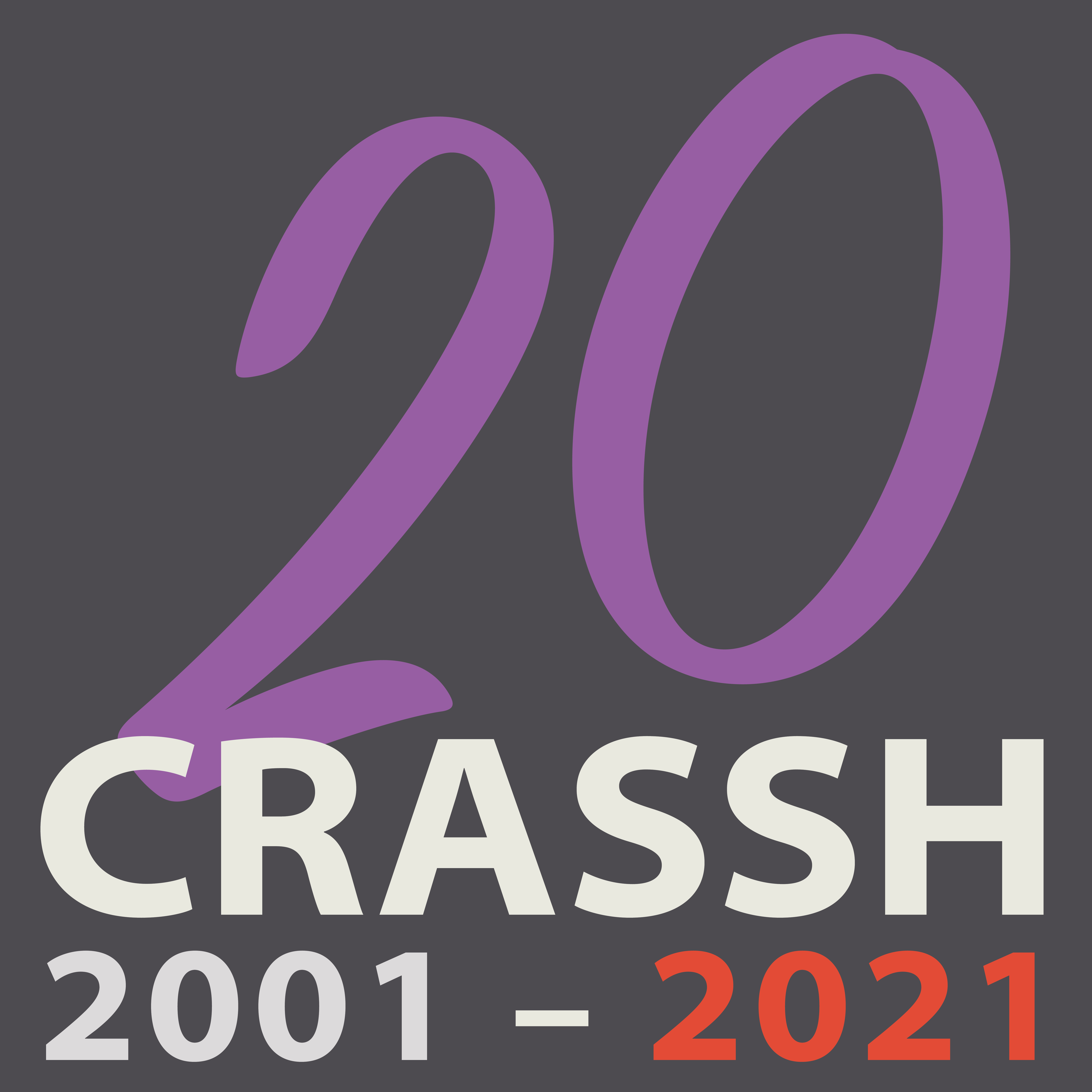
If you have any specific accessibility needs for this event please get in touch. We will do our best to accommodate any requests.
Conference Assistance: events@crassh.cam.ac.uk
Programme
| All times are in BST (GMT +1) | 22 September Public and private |
| 12.45 - 13.00 | Conference welcome and introductory remarks |
| 13.00 - 14.30 | Session 1: Liminal spaces ‘Vital spaces: Theo van Doesburg, Drachten, and the modern built environment’ ‘Ganás as iconographic embodiments of liminality: understanding the negotiation of Devālaya and Bhūloka’ ‘Renaissance ramparts as porous boundaries’ |
| 14.30 - 15.00 | Break |
| 15.00 - 16.30 | Session 2: Domestic decoration ‘Outside in inside: an evaluation of the landscape decorations of Birgi Çakırağa kiosk’ ‘#homedecor: the interiors influencer and the production of ‘home’ on social media’ ‘The Pompeian house, inside and out’ |
| 16.30 - 17.00 | Break |
| 17.00 - 18.30 | Session 3: The built & natural ‘“Space thinly interiorized”: relationships between early modern galleries and gardens’ ‘The city in the studio: James Turrell’s Mendota Stoppages (1969-1974)’ ‘Inspiration or distraction? American schools and their changing relationship with nature’ |
23 September Perceptions of place |
|
| 12.45 - 13.00 | Welcome |
| 13.00 - 14.30 | Session 4: Blurring boundaries ‘Discussing the wall. The japanese house in travelogues and architectural critique’ (1850-1910) ‘The relevance & survival of courtyard as a spatial mediator between the inside and outside in Goan courtyard houses’ ‘Living privately in open spaces. Social practice in the Amarna workmen’s village’ |
| 14.30 - 15.00 | Break |
| 15.00 - 16.30 | Session 5: Fictional and real ‘Household or homeland: racial boundaries and identity politics in Muriel Spark’s african writing’ ‘Room with a view. Negotiating inside and outside spaces in literary “Zimmerreisen” in contemporary german-language literature’ ‘Inside gothic syntax’ |
| 16.30 - 17.00 | Break |
| 17.00 - 18.30 | Session 6: Literary Thresholds ‘The “low, narrow gate”: dangerous doors and the force of the past in Kafka’s “a report to the academy” and “the warden of the tomb”’ ‘Window women: a way into late modern english literature through the topic of the “woman at the window”‘ ‘Windows into Dickens’s world’ |
24 September Power and persuasion |
|
| 12.45 - 13.00 | Welcome |
| 13.00 - 14.30 | Session 7: Spaces of youth ‘Interiorising the playspace. Privatising childhood? Space standards for the british postwar housing estate’ ‘Moral reform school or racially segregated prison?: Juvenile delinquency programs in twentieth-century New York’ ‘Garden, within house, within town, within nature: Mister Rogers’ neighborhood (1968-2001) as a utopian landscape of child development |
| 14.30 - 15.00 | Break |
| 15.00 - 16.30 | Session 8: Architecture, space and political power ‘Navigating through space. A media theory of sovereignty’ ‘The fortress from the outside, home from the inside: czech and german national houses in the czech lands around 1900’ ‘Halls and tribunals, plazas and streets: spaces of government in Habsburg Madrid’ |
| 16.30 - 17.00 | Break |
| 17.00 - 18.00 | Session 9: Architecture and social divisions ‘Re-creating the outside inside: the case of the “protected community” inside the El Peral psychiatric asylum, 1983-1999’ ‘The architecture of democracy in a landscape of slavery’ |
| 18.300 - 18.30 | Conference closing remarks |
Call for Papers
Call for Papers
As part of this three-day online conference, we invite proposals for 20-minute papers that consider relations and dialogues between the built interior and exterior across places, periods, media and disciplines. Possible topics could include but are not limited to:
- Boundaries between inside and outside in architectural theory and practice
- Notions of thresholds / liminality in relation to built spaces
- The depiction of architectural interiors and exteriors in painting practice
- Illusionistic or fictive exterior (trompe l’oeil) painting in architectural interiors
- Perceptions of the exterior and interior of buildings in relation to the body
- The inclusion of plants within interiors as bringing ‘nature’ indoors
- The use of limits between interiors and exteriors as narrative and plot devices in literature
- Representation of divisions between ‘sacred’ interiors and ‘secular’ exteriors in text and image
- Social / Racial inequalities and other forms of power imbalances that arise in the context of inside / outside spaces
- Defining / Designing ‘shelter’ for homeless people or refugees
- Marginality and the queer experience of the built environment
Those interested in delivering a paper are invited to submit a 300-word abstract to Ciarán Rua O’Neill (cro25@cam.ac.uk) and Rebecca Tropp (rkct3@cam.ac.uk) by Friday, 11 June 2021. We welcome proposals from fields across the arts, humanities and social sciences, and especially encourage proposals from graduate students and early career researchers.


